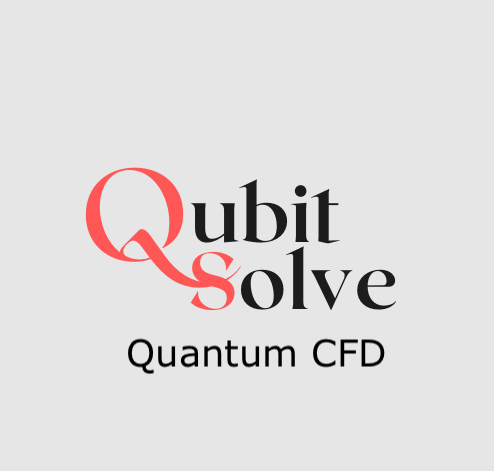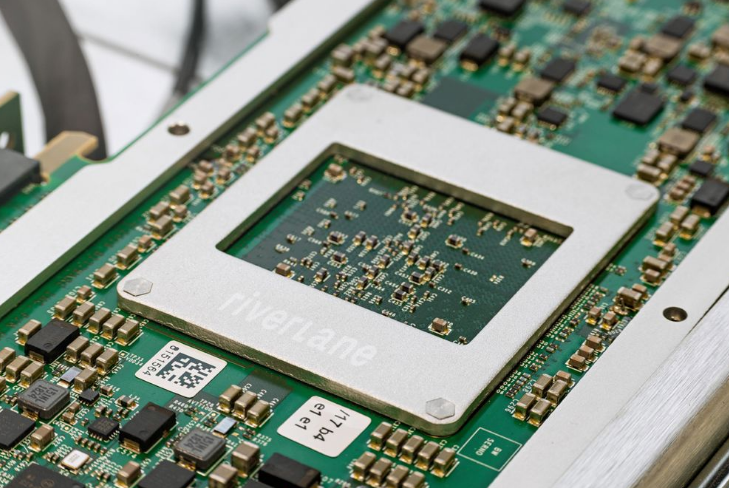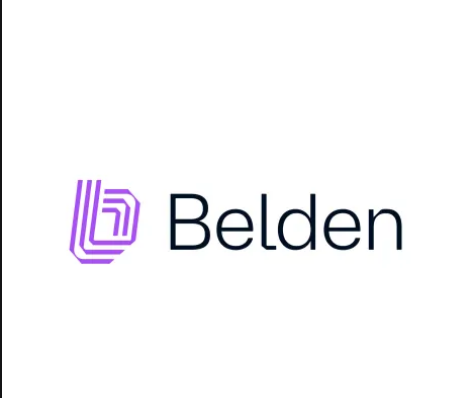Insider Brief
- Google’s quantum chip Willow solved a computational problem in under five minutes, sparking debates about its implications for the multiverse theory.
- Hartmut Neven suggested the chip’s performance aligns with the multiverse interpretation of quantum mechanics, but critics argue alternative explanations suffice.
- The task, Random Circuit Sampling, showcases quantum hardware’s power but lacks direct evidence proving parallel universes.
Google’s latest quantum computer chip, which the team dubbed Willow, has ignited a heated debate in the scientific community over the existence of parallel universes.
Following an eye-opening achievement in computational problem-solving, claims have surfaced that the chip’s success aligns with the theory of a multiverse, a concept that suggests our universe is one of many coexisting in parallel dimensions. In this piece, we’ll examine both sides of this argument that seems to have opened up a parallel universe of its own — with one universe of scientists suggesting the Willow experiments offer evidence of a multiverse and the other suggesting it has nothing to do with the theory at all.
Inside Google’s Willow Quantum Chip Breakthrough
According to Google, Willow solved a computational problem in under five minutes — a task that would have taken the world’s fastest supercomputers approximately 10 septillion years. This staggering feat, announced in a blog post and accompanied by a study in the journal Nature, demonstrates the extraordinary potential of quantum computing to tackle problems once thought unsolvable within a human timeframe.

Google Quantum AI team founder Hartmut Neven argued that the chip’s success supports the idea of quantum computation occurring in many parallel universes, aligning with interpretations of quantum mechanics that are based on a multiverse.
Neven’s comments echo the theories of British physicist David Deutsch, who was among the first to suggest that quantum computation might involve parallel universes. Deutsch’s multiverse interpretation of quantum mechanics proposes that particles exist in multiple states simultaneously, a phenomenon that quantum computers leverage for their computational power.
David Deutsch’s Multiverse Theory and Its Connection to Quantum Computing
Deutsch was one of the first scientists to explicitly connect quantum mechanics with the multiverse. His work, particularly in the 1980s, built on the “many-worlds interpretation” of quantum mechanics proposed by Hugh Everett in the 1950s.
The many-worlds interpretation attempts to show that every quantum event results in a branching of the universe into multiple, coexisting realities. For example, if a particle can exist in two states, the universe splits into two versions — one for each state. These branches are not merely hypothetical but are thought to represent real, parallel universes.
Deutsch extended this idea to quantum computing. In his view, when a quantum computer performs a computation, in broad strokes, it simultaneously processes information in multiple parallel universes. Each computation takes place in a distinct branch of reality, and the quantum computer effectively leverages this multiplicity to solve problems that are impossible for classical computers.
In practical terms, Deutsch argued that the extraordinary efficiency of quantum algorithms, such as Shor’s algorithm for factoring large numbers, can only be fully understood if quantum computers are seen as working across parallel universes. This interpretation has been highly influential, though not (as we shall see) universally accepted. Still, the idea remains a cornerstone of the multiverse argument in quantum mechanics.
The claims surrounding Google’s Willow chip resonate with Deutsch’s theories, as the chip’s computational feats appear to align with his description of quantum computing as an inherently multiverse-dependent process. However, skeptics caution that Deutsch’s interpretation is one of many competing frameworks within quantum mechanics, and more experimental evidence is needed to validate or refute the multiverse hypothesis.
Does Google’s Willow Quantum Chip Prove the Multiverse?
So, let’s take an objective look at both sides of the argument — and you can decide whether Willow has, besides performing a quick calculation, opened up parallel universes.
Arguments That Support the Multiverse Hypothesis
Quantum Computation’s Dependence on Superposition
Willow’s ability to perform calculations exponentially faster than classical computers relies on the phenomenon of superposition, where qubits exist –multiverse theorists would suggest — in multiple states simultaneously. In the multiverse interpretation, these states correspond to computations occurring across parallel universes, offering evidence that the multiverse is not just theoretical but operational within quantum systems.
Hartmut Neven’s Assertion
The leader of Google’s Quantum AI team explicitly linked Willow’s success to the multiverse, suggesting that quantum computation’s extraordinary power could be a direct result of interactions across parallel dimensions. This aligns with interpretations of quantum mechanics that posit the multiverse as essential for explaining such phenomena.
In Neven’s words: “This mind-boggling number exceeds known timescales in physics and vastly exceeds the age of the universe. It lends credence to the notion that quantum computation occurs in many parallel universes, in line with the idea that we live in a multiverse, a prediction first made by David Deutsch.”
Historical Roots in Multiverse Interpretations
The achievement echoes David Deutsch’s seminal work, which argues that the power of quantum computing lies in the simultaneous computation of parallel universes. Willow may offer experimental evidence to support his hypothesis.
Counterarguments Against the Multiverse Interpretation
Alternative Interpretations of Quantum Mechanics:
Critics like Ethan Siegel argue that quantum phenomena, including superposition and entanglement, can be explained without invoking the multiverse. These interpretations, such as the Copenhagen or pilot-wave theories, suggest that Willow’s success may arise from purely physical and mathematical principles within a single universe.
In Siegel’s words: “Neven has conflated the notion of a quantum mechanical Hilbert space, which is an infinite-dimensional mathematical space where quantum mechanical wavefunctions ‘live,’ with the notion of parallel universes and a multiverse.”
Impressive But Not Single Universe Impossible
Critics also suggest that the problem solved by Willow — Random Circuit Sampling — is primarily a benchmark problem, designed to demonstrate the unique capabilities of quantum hardware rather than address practical applications. They also suggests that, just as in the 2019 Sycamore feat, savvy computers scientists in the future may coax classical computers into performing Willow’s feat without the reliance on parallel universes.
Lack of Direct Evidence:
While Willow demonstrates the potential of quantum systems, it does not provide empirical proof of parallel universes. Some scientists suggest that because the multiverse remains a theoretical construct, its existence cannot yet be confirmed through current experimental methods.
Speculative Linkages:
Associating Willow’s computational breakthroughs with the multiverse might be more philosophical than scientific at this stage. The extraordinary speed of quantum computation can be celebrated without necessarily tying it to the existence of parallel dimensions.
What Does Google Willow Really Prove?
Willow’s achievement represents a significant leap forward in quantum computing, particularly in error reduction and problem-solving capacity. However, claims about proving the multiverse remain speculative. For now, the multiverse remains a tantalizing theory without concrete evidence.
Regardless of its implications for cosmology, one thing both universes of scientists seem to agree on is that Willow is a great example of the accelerating pace of quantum innovation and — while not all scientists agree on this — Willow’s performance even hints at transformative applications in fields such as cryptography, material science, and artificial intelligence. Maybe something that’s been drowned out by the debate is the debate, itself. Beyond the commercial applications, quantum computers are positioned to prompt scientific discussions and deeper investigations — and that’s a positive that’s often missed in the rhetoric around use cases.
Whether or not the chip validates the multiverse, well, at least in this universe, that’s up for continued debate.


















